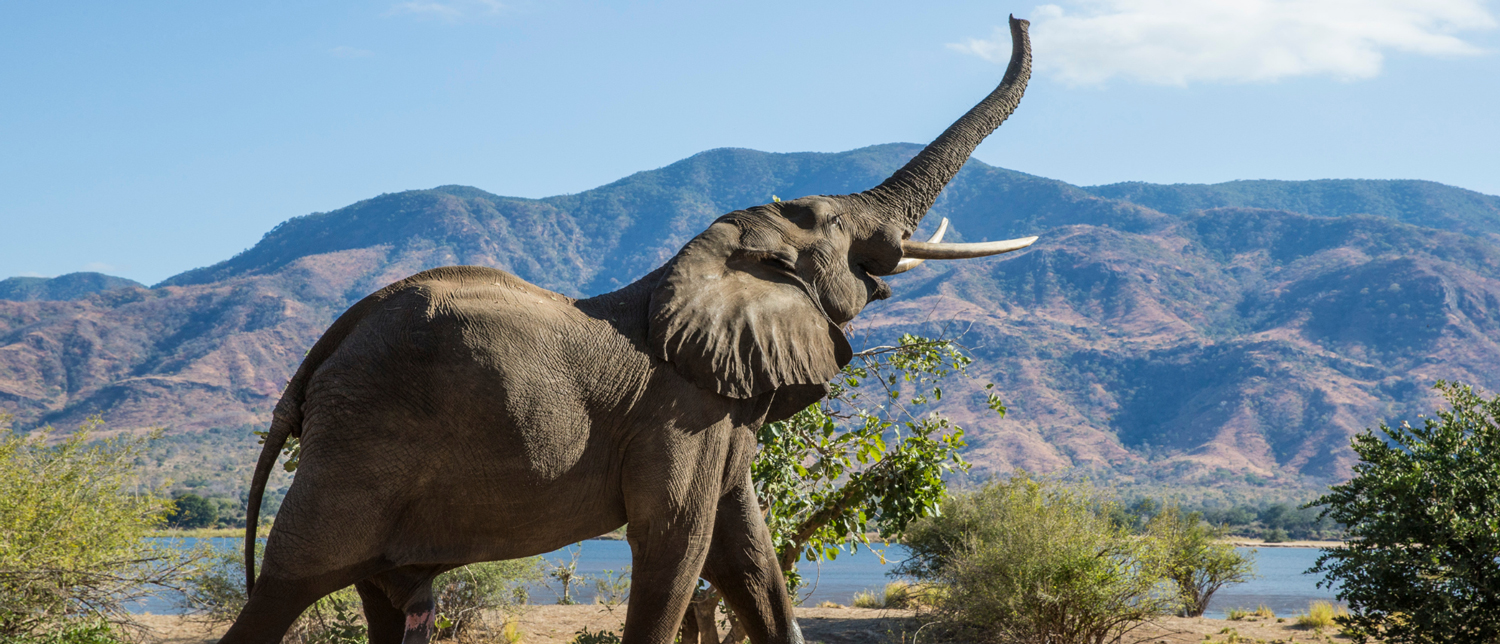
You’re well aware of climate change, you know about pollution, and you may have even heard about biodiversity loss – i.e., the triple planetary crisis.
But did you know that a certain types of crimes – known as crimes that affect the environment – are contributing to all three of these threats?
Ahead of Earth Day on 22 April, learn about crimes that affect the environment and how they’re impacting our world.
Crimes that affect the environment are serious organized crimes that have severe consequences for economies, national security, the environment, and human health.
Worth billions of dollars a year, they can be divided into four areas:

Wildlife trafficking, or the illegal harvesting and trade of protected species, threatens many plant and animal species – and can even help bring some to the brink of extinction. Examples of trafficked wildlife products include elephant tusks, rhinoceros horns, tiger bones, rosewood timber, and pangolin scales.
Illegal mining and trafficking in precious metals is the prospecting and extraction of metals (like gold, silver, platinum, palladium and iridium) without the appropriate land rights, licenses or permits. It is often performed by organized crime groups and can entail serious human rights abuses (for instance, against the miners) while leading to deforestation, land degradation, and pollution.
Waste trafficking, or the illegal trade of waste, often leads to waste being dumped in illegal landfills and unauthorized storage sites or being burned out in the open - polluting oceans, ground and surface water, damaging soil and air quality, and degrading ecosystems.
The perpetrators of these crimes are often associated with other criminal activities, including trafficking in firearms and explosives, money laundering, forced labour, human trafficking, financing of terrorism, corruption, the use of violence, extortion, and more.
Despite these outsize threats, however, penalties for crimes that affect the environment are often lower than for other types of crimes – making them an enticing low-risk, high-reward draw for criminals.
UNODC builds capacity for governments to investigate and prosecute crimes that affect the environment. Some examples include wildlife crime scene management or the analysis of forensic evidence, or through drafting and amending legislation targeting these crimes.
UNODC also conducts research to understand the problem. In 2024, it is releasing its flagship World Wildlife Crime Report and its first-ever Global Analysis of Crimes that Affect the Environment.
Check back at unodc.org for updates!
To learn about more types of crimes that affect the environment, click here.